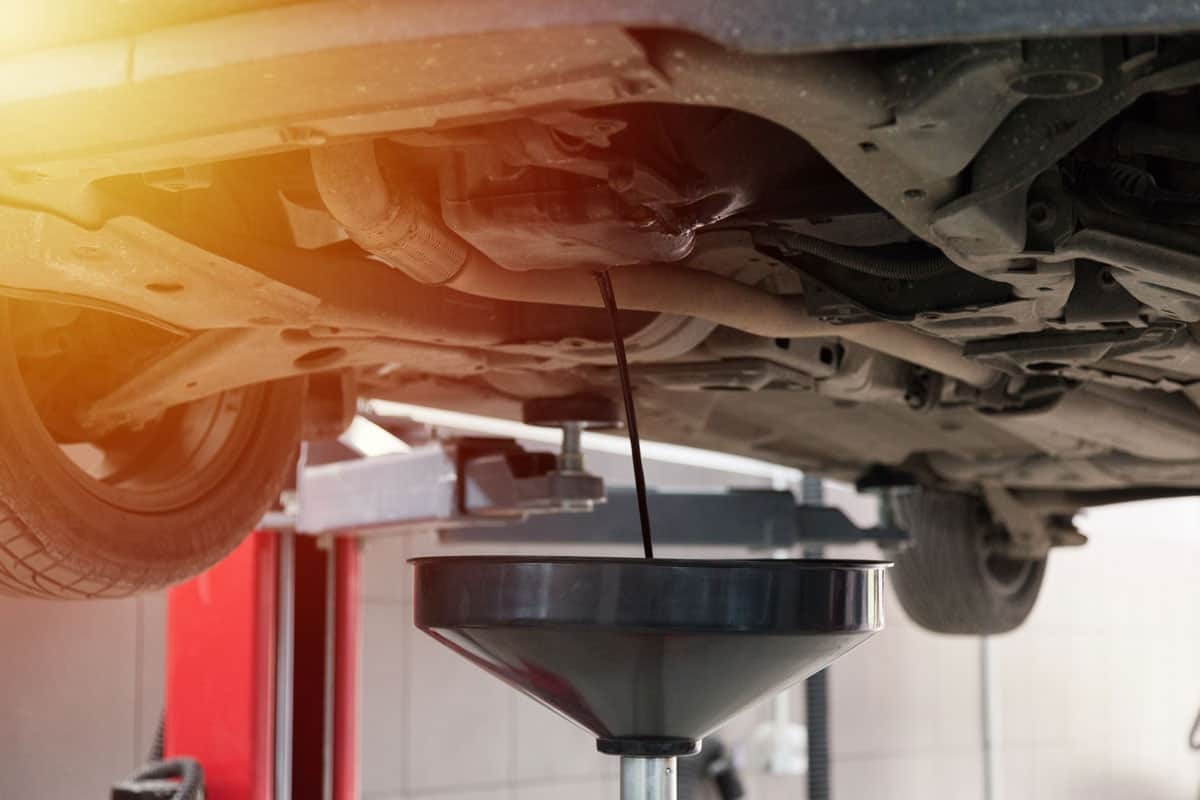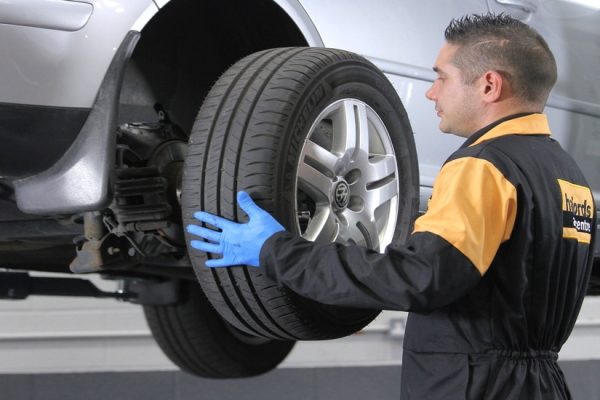When most drivers pop the hood of their car, they’re usually checking the oil or topping off the windshield washer fluid. But tucked away beneath all the shiny plastic and coiled wires are a few unsung heroes that quietly keep your engine cool, stable, and humming like a dream. Today, we’re going under the hood to talk about three components that don’t get enough love — cooling system hoses, hanger exhausts, and large oil pans — and why they matter more than you think.
Let’s dig in.
The Backbone of Engine Cooling: Why Cooling System Hoses Matter
Imagine this: You’re driving up a mountain road in the heat of summer, windows down, music up. But suddenly, steam pours from the hood. The culprit? A cracked or worn cooling hose. It’s a common problem, but one that’s easy to prevent — if you know what to look for.
Cooling system hoses are responsible for transporting coolant between your engine, radiator, and heater core. They regulate engine temperature and help prevent overheating, which can lead to catastrophic damage.
Common Types of Cooling System Hoses:
| Hose Type | Function |
|---|---|
| Upper Radiator Hose | Carries hot coolant from engine to radiator |
| Lower Radiator Hose | Returns cooled fluid from radiator back to engine |
| Heater Hoses | Transfers hot coolant to the heater core |
Signs of Trouble:
-
Bulging or cracked hoses
-
Soft or mushy texture
-
Coolant leaks or puddles under the car
-
Overheating engine light
Pro Tip: Replace hoses every 4-5 years or sooner if signs of wear appear. A single burst hose can leave you stranded.
Exhaust Stability: The Role of Hanger Exhaust Systems
Next up is a part most people don’t even realize exists — the hanger exhaust. While it doesn’t carry fluids or spin at high speeds, it plays a crucial structural role.
A hanger exhaust is a small but mighty support system that holds the exhaust pipes in place. Without these rubber or metal hangers, your exhaust system would rattle, drag, or even detach completely, especially when going over bumps or off-road terrain.
Why Hanger Exhausts Are Important:
-
Noise Control: Keeps the exhaust system aligned to prevent knocking sounds.
-
System Longevity: Prevents excessive strain on joints and pipe connections.
-
Safety: Stops pipes from dragging or breaking, which can be hazardous on the road.
Symptoms of a Failing Hanger Exhaust:
-
Rattling or clunking noises under the car
-
Visible sagging of the exhaust system
-
Exhaust pipe touching or too close to the ground
Did You Know? The average car has 3 to 5 exhaust hangers, depending on its size and design.
If you’ve recently upgraded your exhaust to a performance model or installed a cat-back system, don’t forget to upgrade your hanger exhaust components too. Stronger hangers will ensure that the new system stays secure.
Large Oil Pans: The Secret to Extended Engine Life
Oil pans might not be flashy, but large oil pans can be a game-changer, especially for high-performance or long-distance driving.
Think of your oil pan as your engine’s oil reservoir. Standard pans are fine for average daily driving, but a large oil pan increases capacity, which helps regulate temperature, improves lubrication, and extends engine life.
Benefits of Large Oil Pans:
-
Increased Oil Capacity: More oil means better temperature control.
-
Enhanced Cooling: Some pans come with cooling fins or integrated baffles.
-
Less Frequent Oil Changes: More oil can mean fewer service intervals.
-
Better Protection: Deeper pans reduce the chance of oil starvation under high G-forces.
Ideal For:
-
Performance vehicles
-
Towing and off-roading
-
Long highway trips or fleet vehicles
Heads-Up: Larger pans may sit lower to the ground. If your vehicle is lowered, ensure clearance to avoid scraping on speed bumps or uneven roads.
Real-World Scenario: How These Three Components Work Together
Let’s imagine a road trip from Denver to Las Vegas — a 750-mile journey through varying terrain, elevation, and temperature. Your cooling system hoses keep the engine from overheating as you climb mountain passes. The hanger exhaust ensures your custom exhaust system stays quiet and secure through every bump and turn. Meanwhile, your large oil pan keeps engine temperatures stable during long stretches of high-speed cruising.
One weak link in this chain — say, a brittle hose or broken exhaust hanger — and your trip could go from smooth to stranded in a matter of minutes.
Maintenance Tips for Peak Performance
Want to keep these components in top shape? Here are a few quick tips:
✅ Inspect cooling system hoses twice a year (look for bulges, leaks, or softness)
✅ Listen for rattles or knocks that may indicate loose exhaust hangers
✅ Upgrade to a large oil pan if you frequently tow, drive long distances, or push your engine hard
✅ Don’t wait for failure — preventive maintenance is always cheaper than a tow and a repair
Final Thoughts: The Little Things That Keep You Moving
It’s easy to focus on the big stuff — horsepower, torque, sleek body kits. But sometimes it’s the hidden parts, like cooling system hoses, hanger exhausts, and large oil pans, that make the real difference in performance and reliability.
Whether you’re a weekend mechanic, a performance junkie, or someone who just wants to keep their ride road-trip ready, paying attention to these components can save you a lot of time, money, and frustration down the line.
So next time you pop your hood, take a moment to appreciate the parts you don’t always see. They’re doing more work than you think.
Stay cool. Stay smooth. And keep that engine purring. 🔧🔥
Want more car care insights? Subscribe to our blog for monthly tips on performance parts, maintenance hacks, and automotive upgrades!






